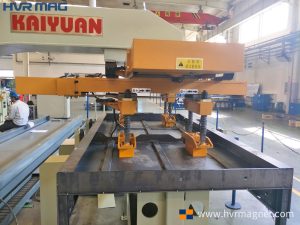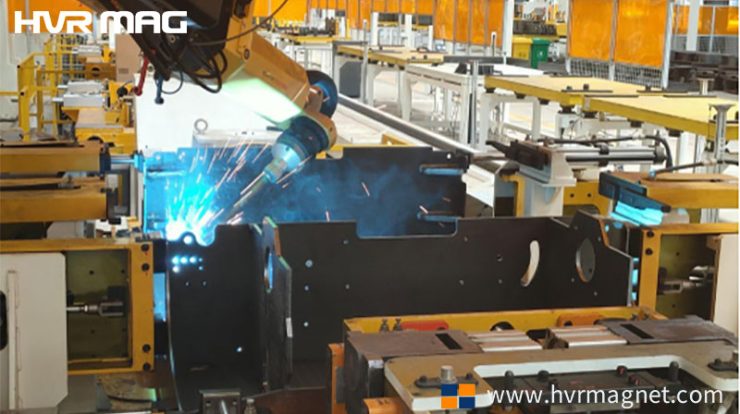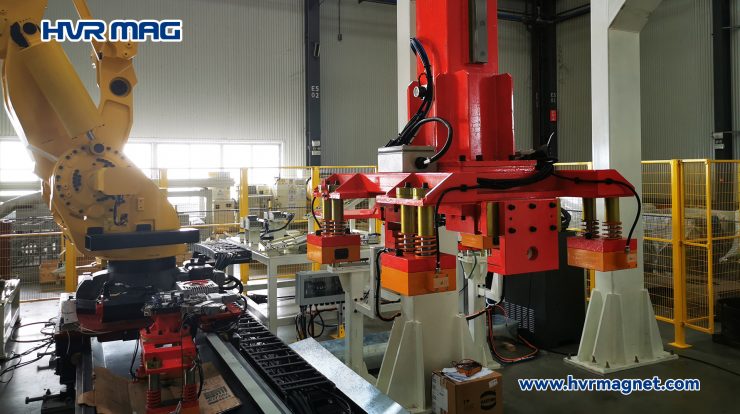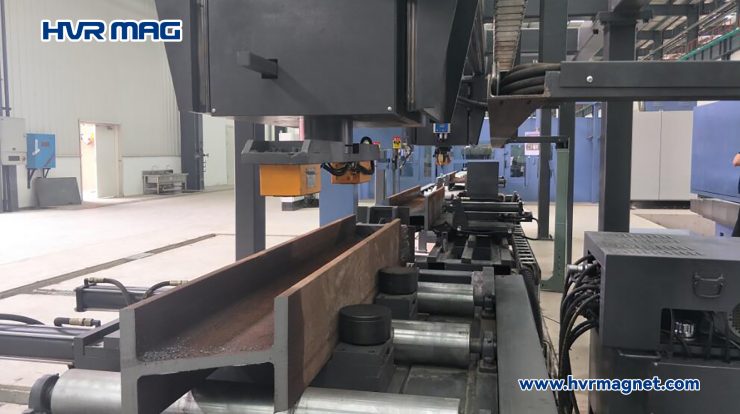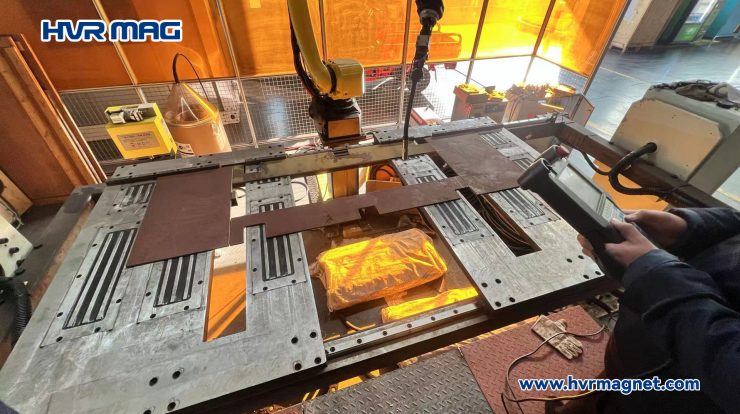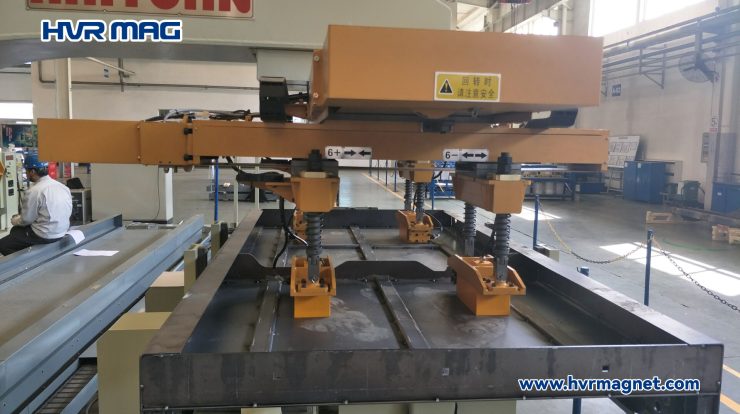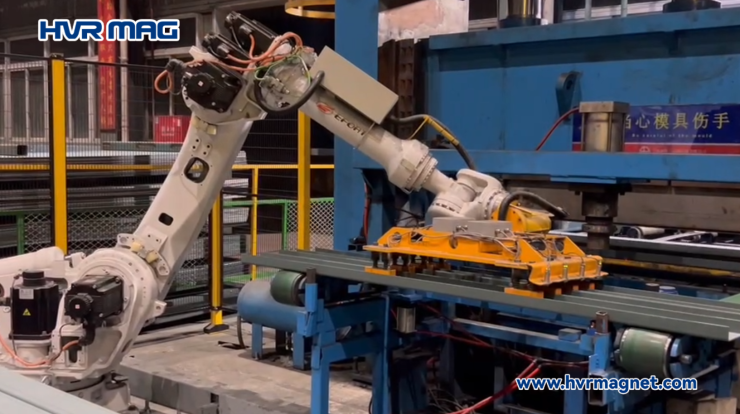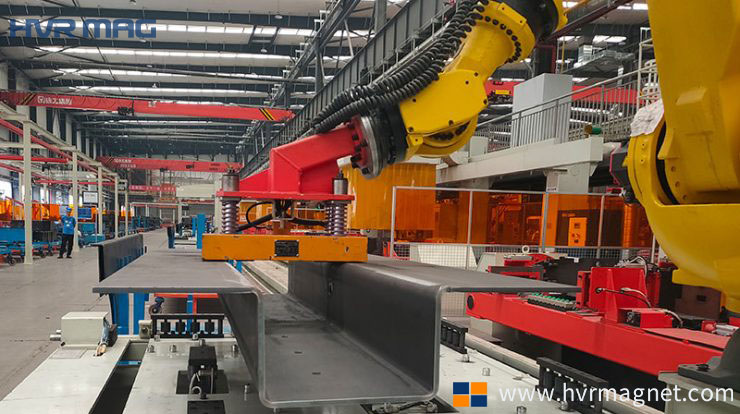
The robot end effector, also known as the end-of-arm tooling (EOAT), is an essential component of industrial robots. It is the part of the robot that interacts with the environment. Performing various tasks such as gripping, moving, and manipulating objects. The versatility of the robot end effector makes it a valuable tool for automation in various industries.
Here are some examples of what the robot end effector can do in factories for different industries:
Automotive industry: In the automotive industry, robot end effectors are used to perform tasks such as welding, painting, and assembly. The end effectors can be equipped with specialized grippers and sensors to handle different parts of the car, such as doors, bumpers, and engine components.
Food industry: In the food industry, robot end effectors are used for tasks such as packaging, sorting, and palletizing. The end effectors can be designed to handle different types of food products, such as cans, bottles, and bags, and can be equipped with sensors to detect the presence of contaminants.
Pharmaceutical industry: In the pharmaceutical industry, robot end effectors are used for tasks such as filling, labeling, and packaging. The end effectors can be designed to handle delicate and sensitive materials, such as vials and syringes, and can be equipped with sensors to ensure accuracy and precision.
Electronics industry: In the electronics industry, robot end effectors are used for tasks such as soldering, testing, and assembly. The end effectors can be designed to handle small and delicate components, such as circuit boards and microchips, and can be equipped with sensors to detect defects and ensure quality control.
Aerospace industry: In the aerospace industry, robot end effectors are used for tasks such as drilling, riveting, and assembly. The end effectors can be designed to handle large and heavy components, such as airplane wings and fuselages, and can be equipped with sensors to ensure precision and accuracy.
The benefits of using robot end effectors in factories are numerous. Here are some of the key advantages that this technology offers:
Increased efficiency: Robot end effectors can perform tasks faster and more accurately than human workers. Resulting in increased productivity and reduced production times.
Improved safety: Robot end effectors can perform tasks in hazardous environments. Such as high temperatures and toxic fumes, reducing the risk of injury to human workers.
Reduced costs: Robot end effectors can perform tasks 24/7 without the need for breaks or rest. Reducing labor costs and increasing output.
Versatility: Robot end effectors can be customized to perform a wide range of tasks. Making them a versatile tool for automation in various industries.
Conclusion
There are many different types of robot gripper and you need to choose according to the specific task and workpiece material. For example, the magnetic gripper from HVR MAG is a good choice when working with ferrous materials. The magnetic gripper is very simple in construction but has a very strong clamping force. HVR MAG’s magnetic grippers are not only high-performance, they are also energy-efficient and safe. This is due to our electro-permanent magnet technology, which does not lose its magnetic force when the power is cut and consumes only 5% of the power of an electromagnet.
For more information on our electro-permanent magnetic grippers, please visit our website or contact us.

